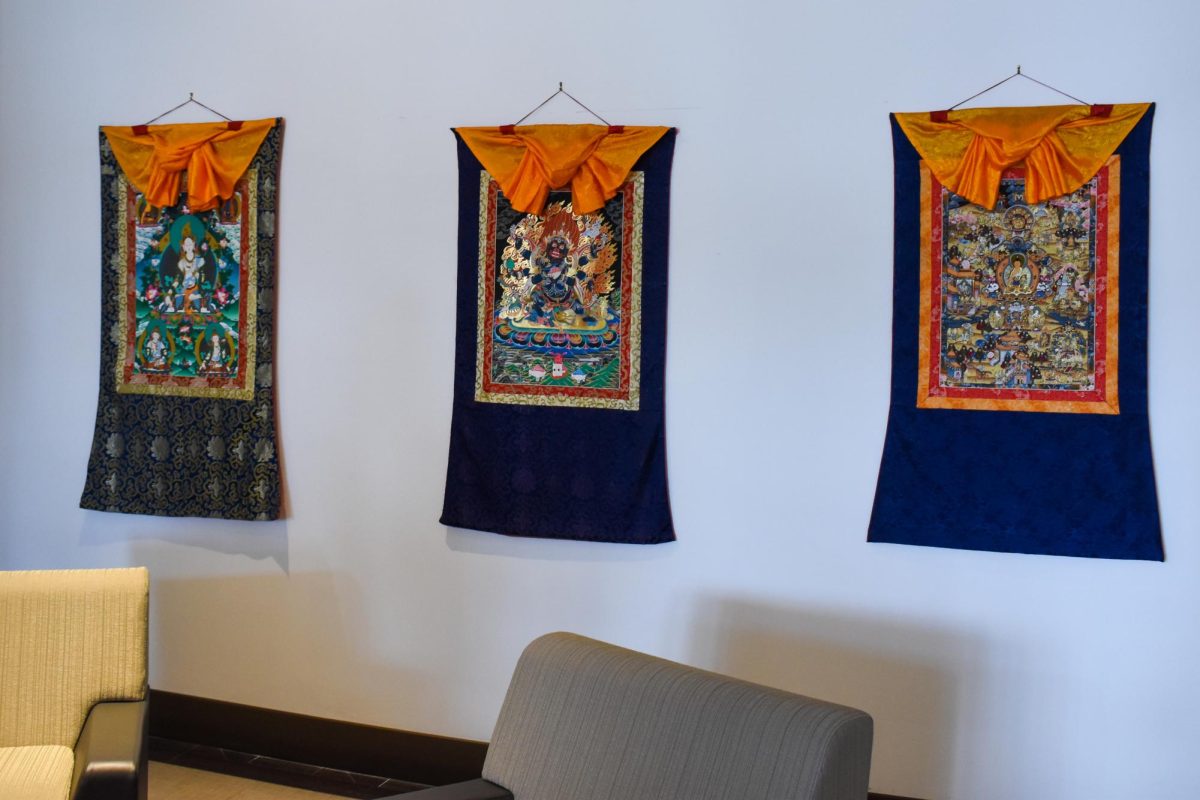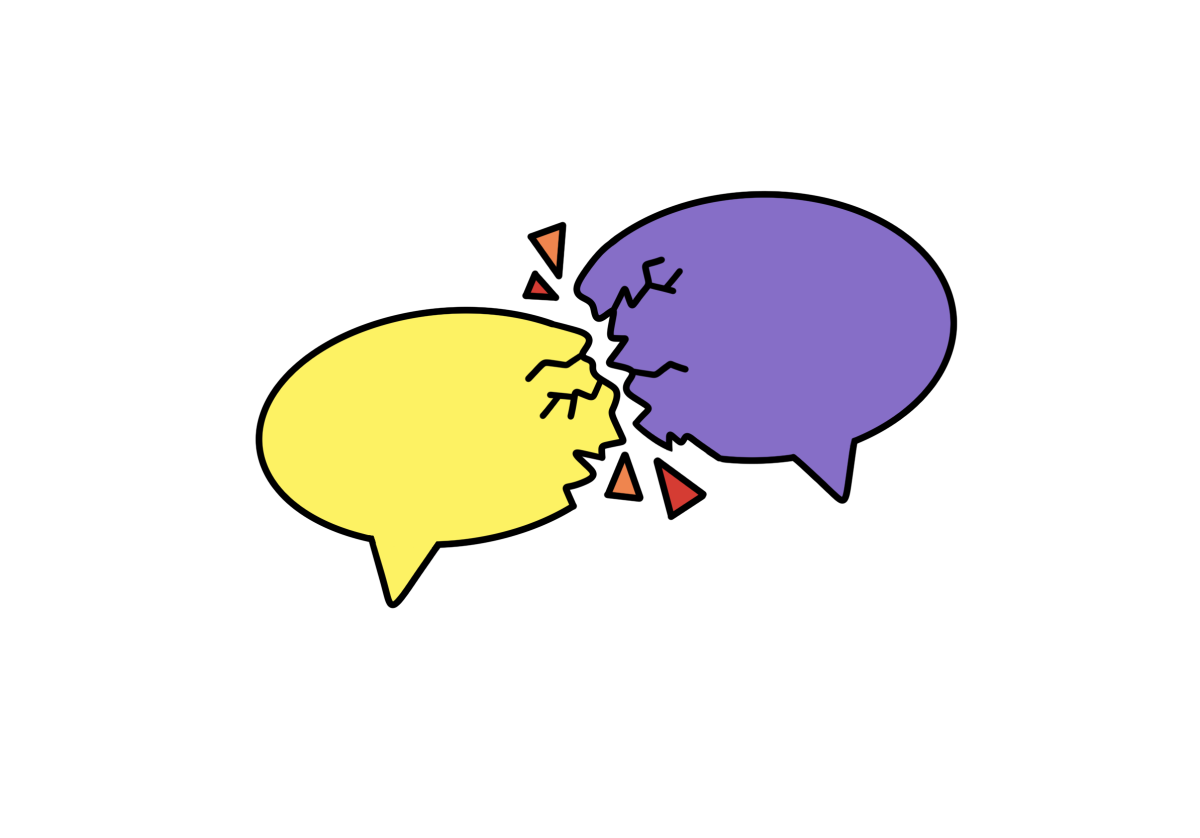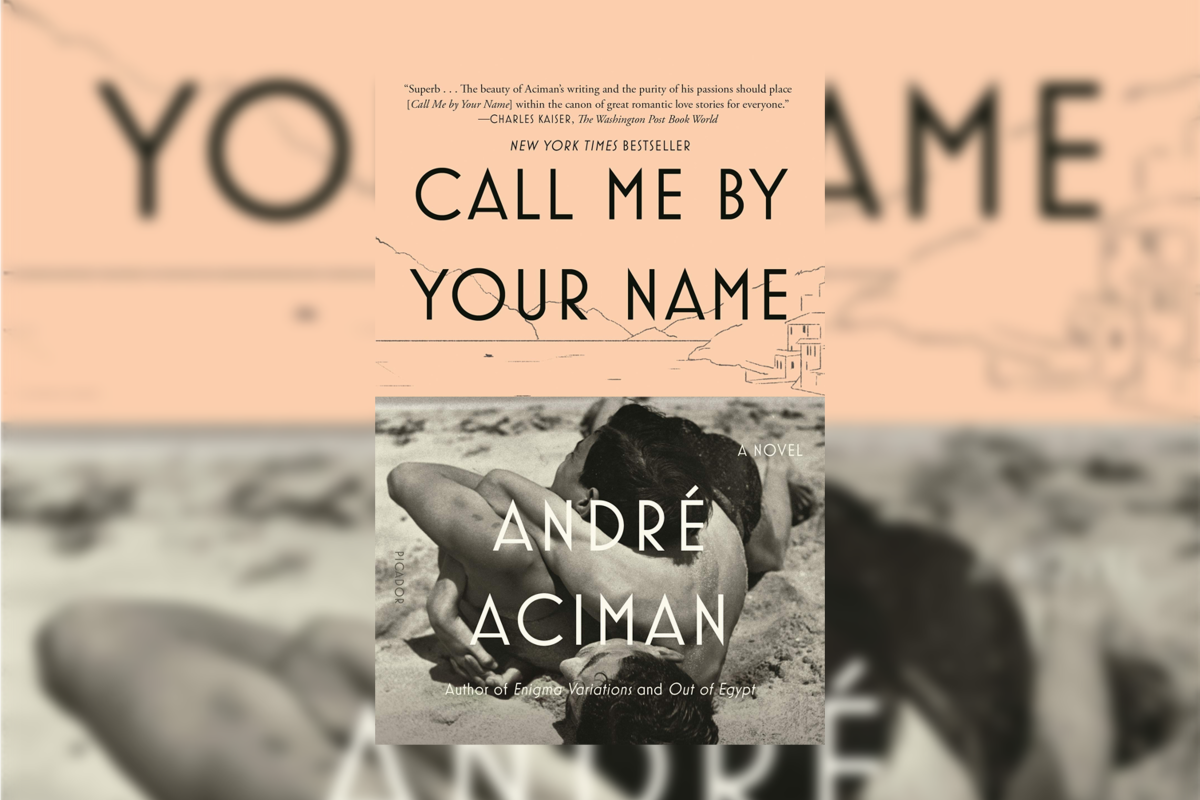What is the defining look of an era? When I think of the 80s, I think about people teasing and hair spraying their hair into a crunchy oblivion. The puffy jackets, shoulder pads, acid-washed jeans, and leg warmers define a silhouette that people recreate time and time again for themed parties and crappy reunions.
So how will the next generation emulate the 2020’s? When a college student 30 years from now hosts a themed party, what will people show up wearing?
Well, finding the answer means looking at fashion as a machine fueled by culture, which influences designers who create the looks that will become the next season, trend, and eventually, decade. Or at least, that’s how people of the past would answer this question.
Those shoulder pads I was talking about were no accident, for example. The 70s were marked by women’s power movements, which Vogue writes gave rise to angular, imposing silhouettes known today as “the power suit.” Designers responded to the changing times, and what the people wore changed too.
The 2020s are a different story, however. The internet has cultivated an environment of micro-trends that mean society jumps around from look to look, never landing on solid ground. There is always the next “it” thing. The stability of culture gives way in the face of algorithms.
Global Fashion Agenda dives into the idea of the micro-trend, and the challenges it presents. Not only do they promote rampant overconsumption, as there is always another “core” or “aesthetic” that is trending, but they lack the cultural significance that something like a subculture would have.
Consider the punk or goth movements, which facilitated “looks” that members of those communities would don, but also coexisted with political ideologies, music genres, art, and values. Not only were people identifiably part of these communities, but you could expect somebody in that “uniform” to fall within the broader culture as well.
What is the subculture attached to “whimsigoth hippie grandma-core fall?” Will you make friends or find community from jumping on that bandwagon? Probably not.
On a college campus, the micro-trend is ever present in our lives. Just last week I went to a themed party, as I did a month ago, and two months ago, and three. There’s an expectation that you show up adhering to the “dress code,” the dress code being whatever niche idea popped into the heads of a generation that has seemingly seen it all before.
The internet has washed away originality and presented us with everything all at once. The more you doom-scroll, the more you’ll see it. Micro-trends are a direct response to the need to be somehow new, even if it’s been done all before. Niche party themes too.
In her video essay “the death of personal style,” Mina Le deconstructs questions of what stylistically defines our era, and the ramifications of these micro-trends on individual style.
She raises some good arguments, the primary one being that micro-trends mean our wardrobes are packed with items that were selected not on the basis of harmony with everything else in our closets, but to be interesting on their own. The 2020s, then, are in part defined by the statement piece.
This ties into themed parties, and even more broadly what I would call shopping for the picture. Just last week I bought a pair of shoes primarily for the purposes of wearing them to one event, just to get the look “right.” I’m not the only one, of course. I know many people who admit to buying a clothing item not because they would ever wear it again, but for one moment.
So, we treat every day as an event. It makes sense because every day you live there are pictures taken of you, videos posted, and captions written. We’re all influencers being influenced to buy more items, influencing others to buy more items, to appear in photos, and the cycle continues.
Still, I don’t believe that the 2020s are entirely undefinable. There are tangible macro-trends that have stuck around. Gen Z loves an oversized tee, wide-leg pants, and layered haircuts. We brought back high-waisted pants, which I’m ever grateful for, and counter to “sad beige,” I think a lot of Gen Z fashion is inspired by color palettes popularized in the 80s and 90s.
So, how can we lean into the macro-trend and slow down a generation sold on fast fashion? I can only offer advice from my own perspective, which is to reel in your fear of missing out.
We can expect each new “it” thing that comes along to be short-lived, and once it dies, nobody is going to remember if you were right on time for “hot girl summer” or “coquette-core.” You and your wallet and your closet will, however, when you’ve collected another thing that matches nothing else.
So, rather than follow the micro-trend, cultivate a closet that is versatile and personal. For me, that means an array of thrifted button-ups and skin-tight shirts, graphic tees, and patterned sweaters. I even have quite a bit of formal wear that is easy to dress up or down depending on the occasion, because my clothes are infinitely layerable.
Of course, I’m not innocent. I’m a poster child for overconsumption. I collect footwear, button-ups, and tote bags. But what I collect is intentional. When I look over a shirt at the thrift store, I ask myself if the colors match other items I own. Is it layerable? Is the fabric synthetic or natural? Does the cut compliment my figure?
Furthermore, I don’t shop online. The instant gratification of seeing something I want and immediately having it show up at my door makes it far too easy to clutter my life and overload my closet with things I don’t need. If I bought every cute bucket hat I saw on Amazon, my dorm would be unlivable.
Not shopping online doesn’t harm me, either. I’m not looking to build a wardrobe in a day, and chances are neither are you. Very few people are so desperate they need clothes on their doorstep tomorrow.
So instead, encourage yourself to delay gratification, and be picky about what you add to your wardrobe. When shopping, ask yourself if a clothing piece is different from clothes you already own, if it matches with other clothing items, and can be worn more than once. If it is a statement piece, does it coordinate with your non-statement clothes?
I don’t think we’ve encountered the true death of personal style. If that was the case, somebody would have pried my Hawaiian shirts from my cold, dead hands. But we are in an era of overconsumption and under-coordination.
It’s on us, then, as the demographic that drives the fashion industry, to take back what it means to have style, and to resist the trends pushed to us by algorithms. It’s on us to do the hard thing and resist filling digital carts with clothes we don’t even need. It’s on us to see clothes as more than status symbols.
I wholeheartedly believe that fashion is changing, but I don’t think it’s death. Perhaps we can take this renaissance of style as an opportunity to redefine what it means to be “on-trend.”
For comments/questions about this story DM us on Instagram @thewhitatrowan or email [email protected]




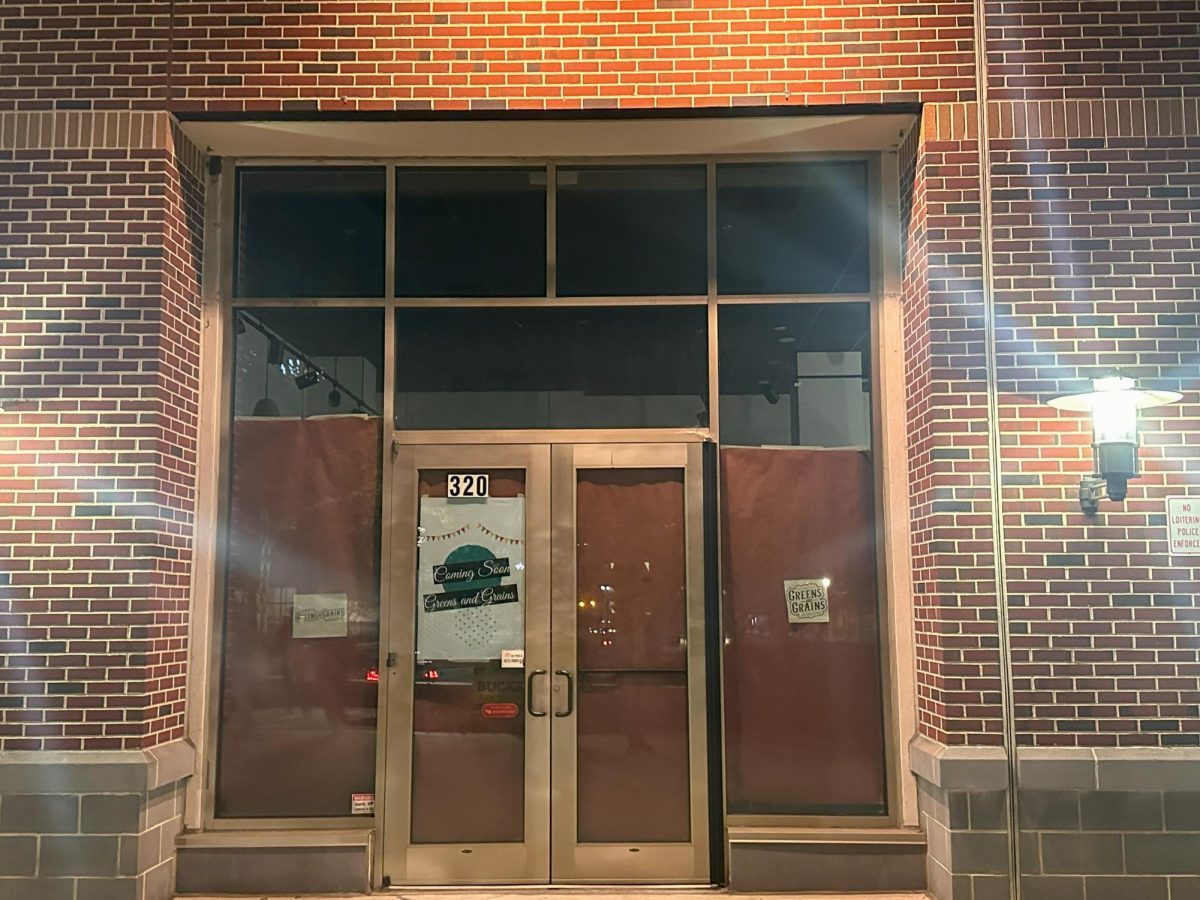






















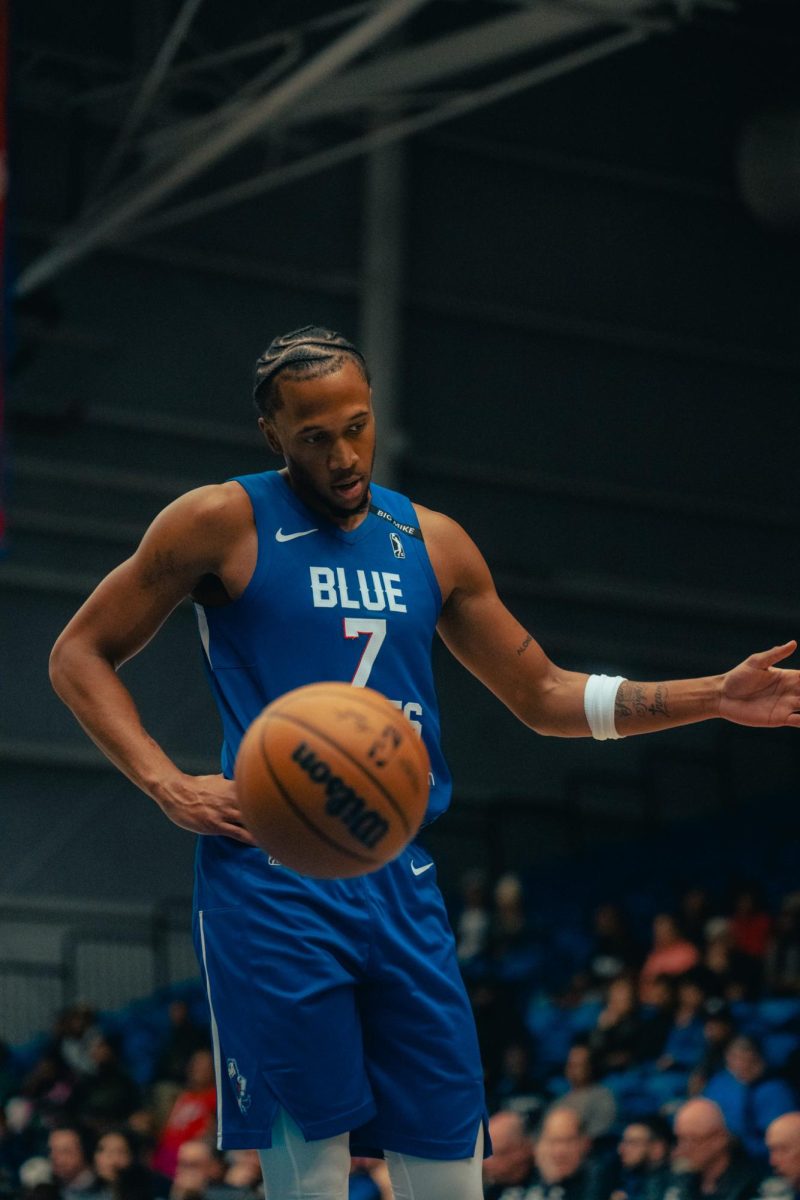



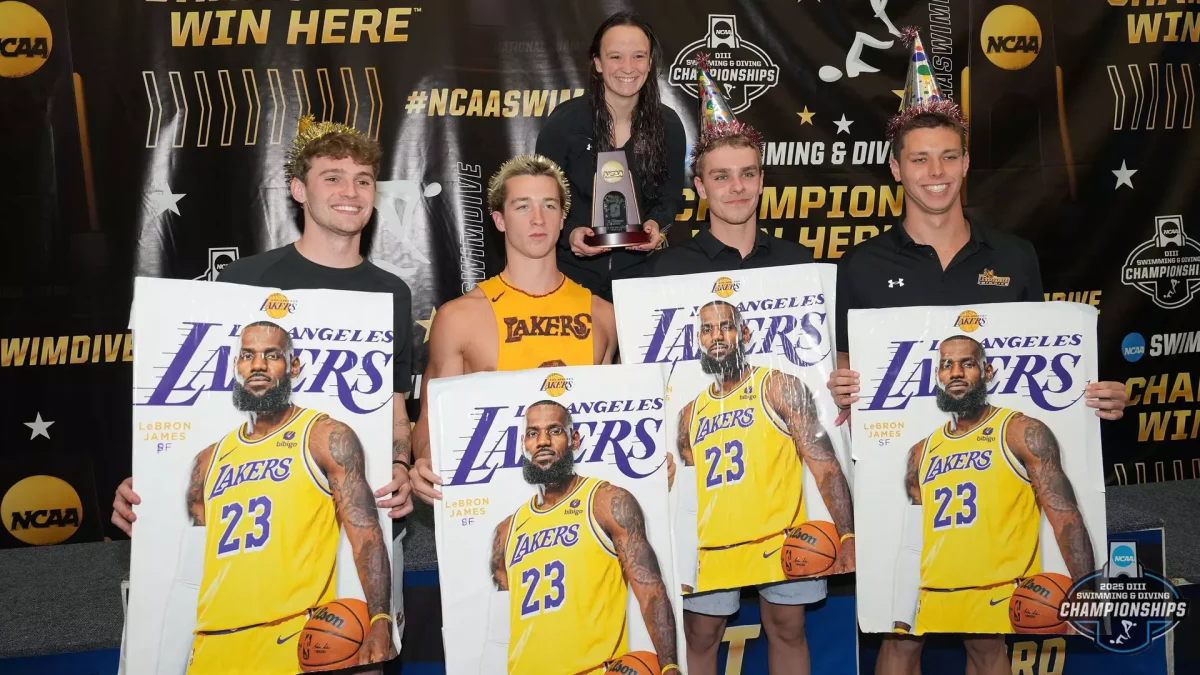


























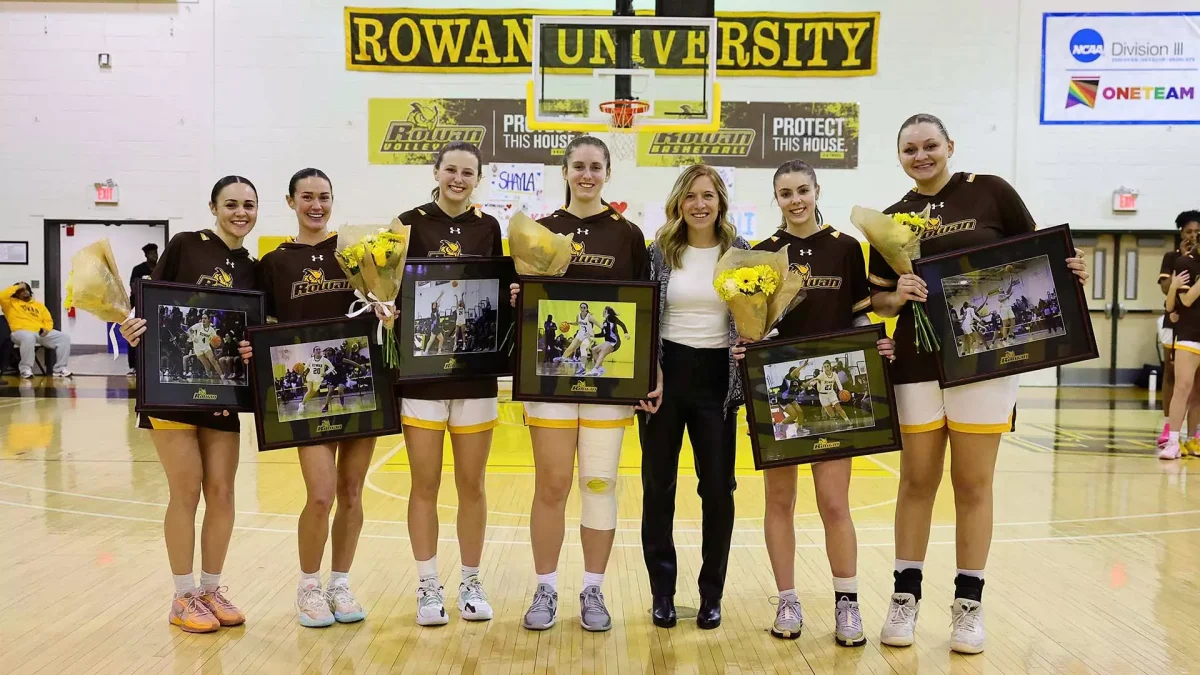




















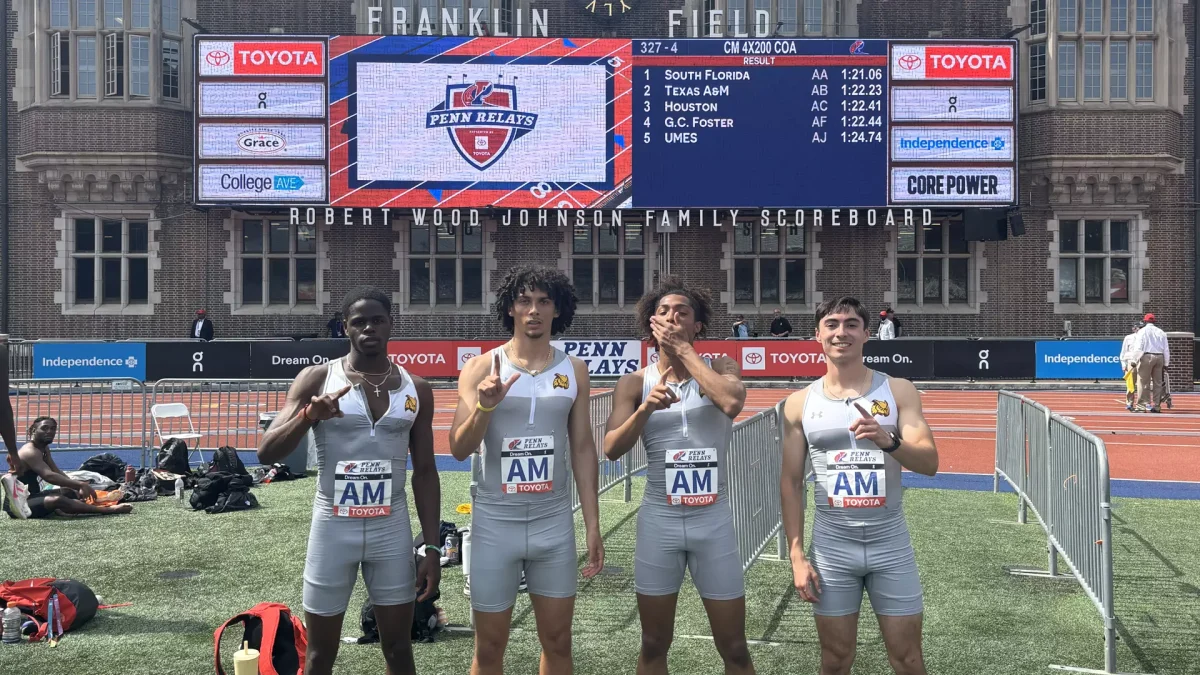





















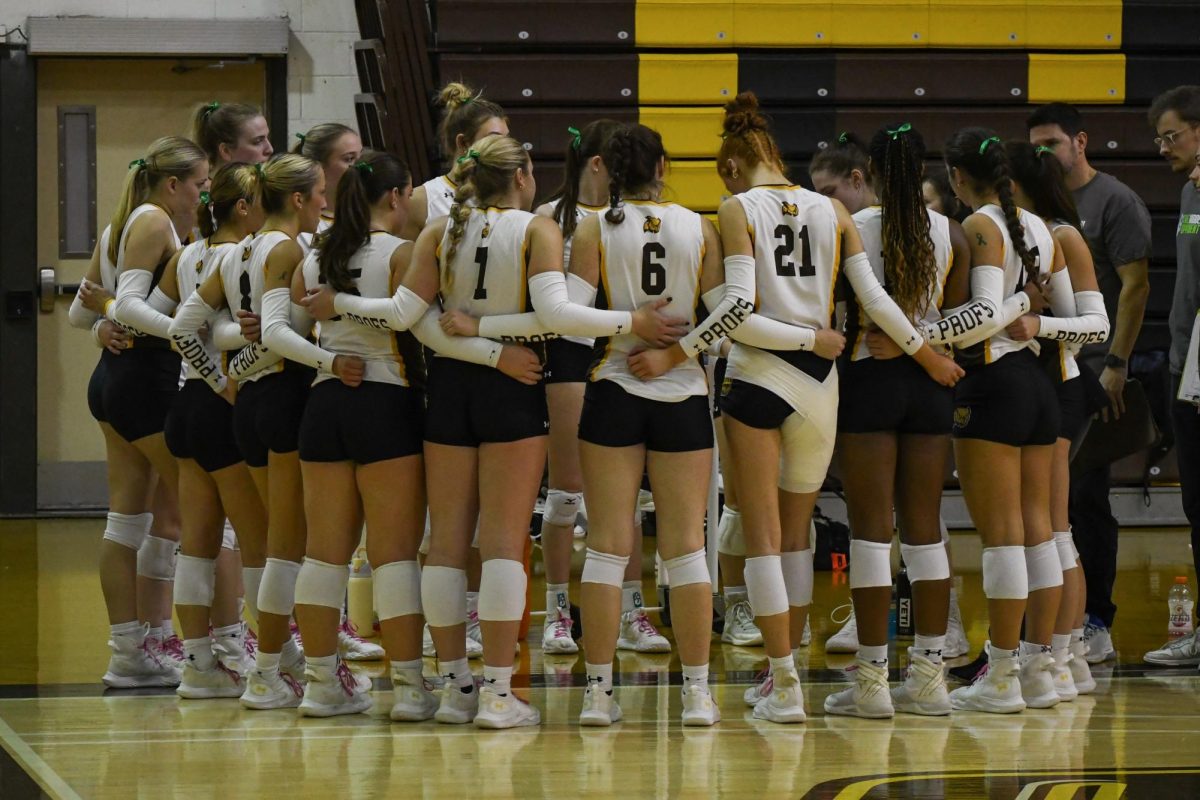












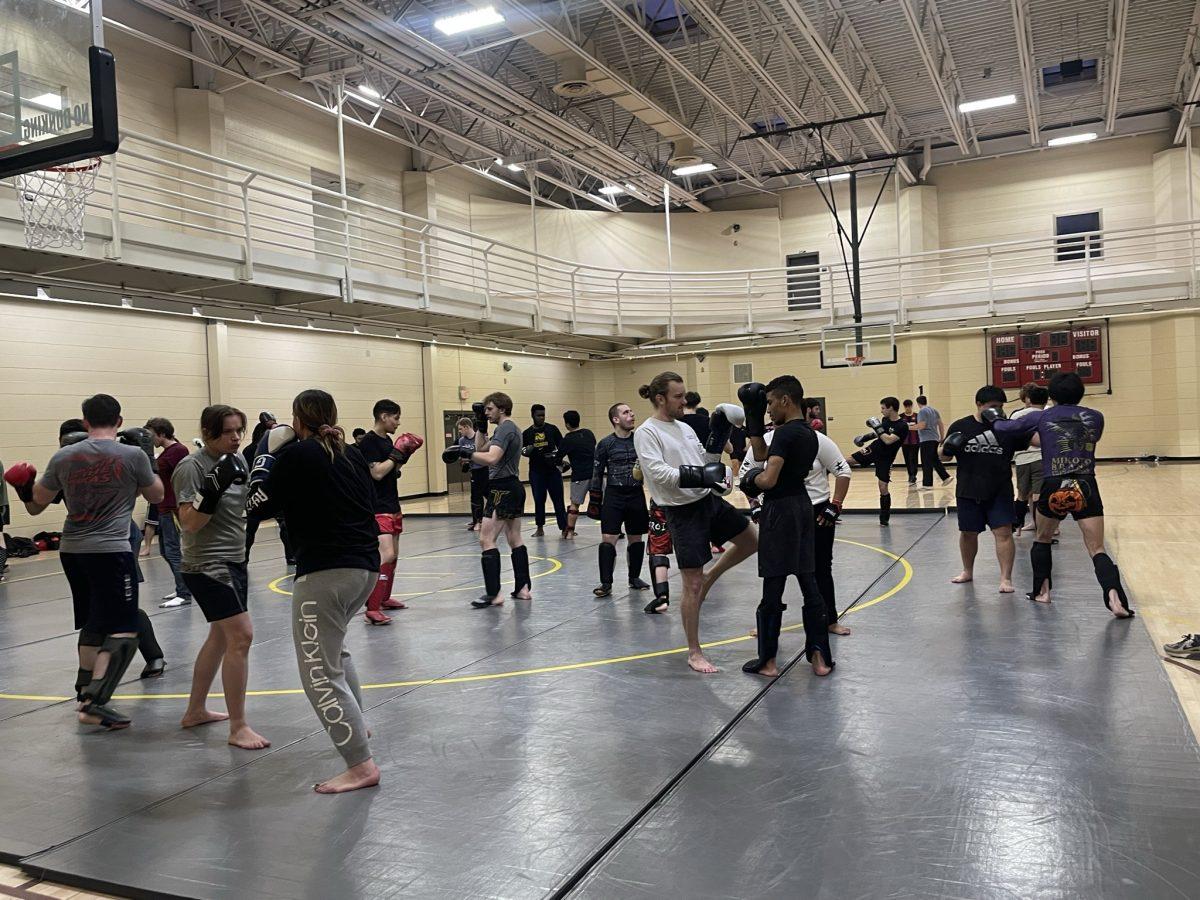













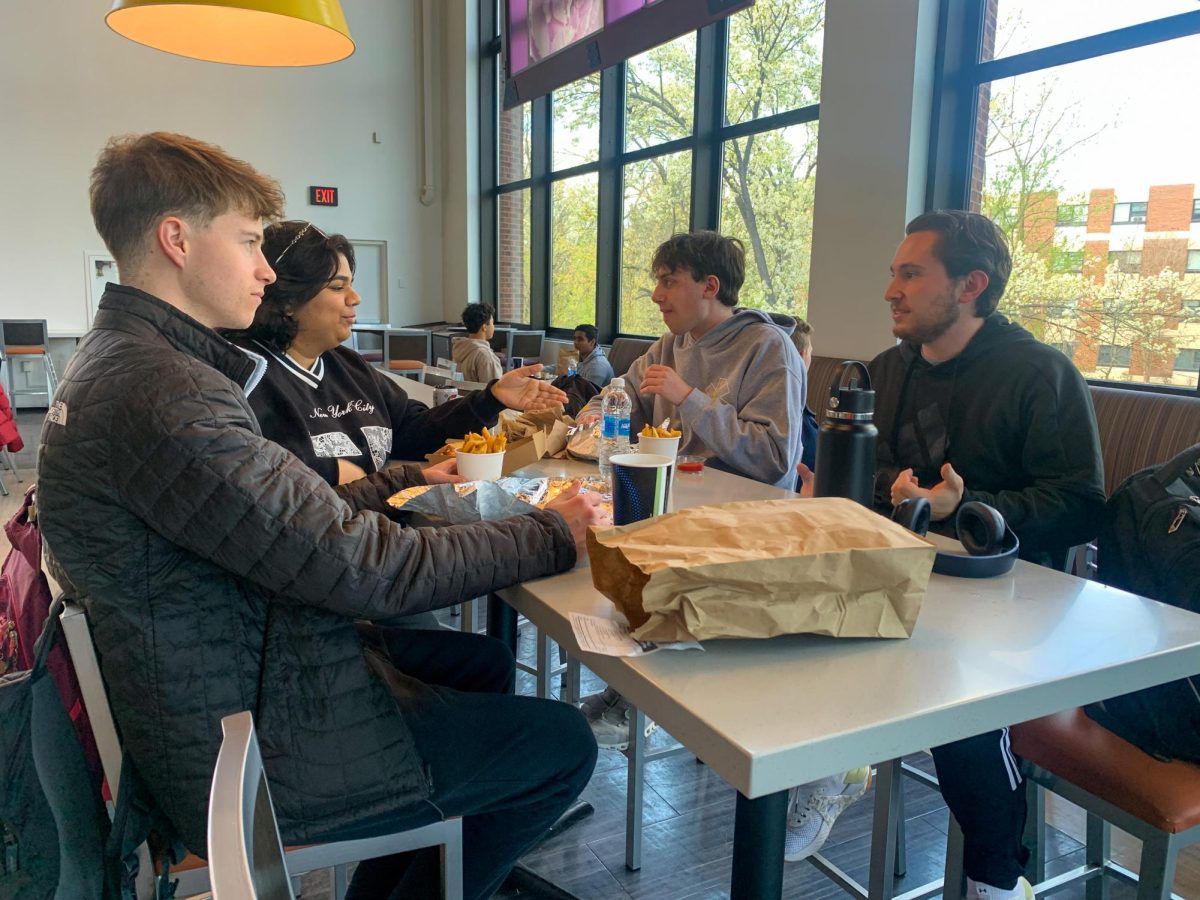




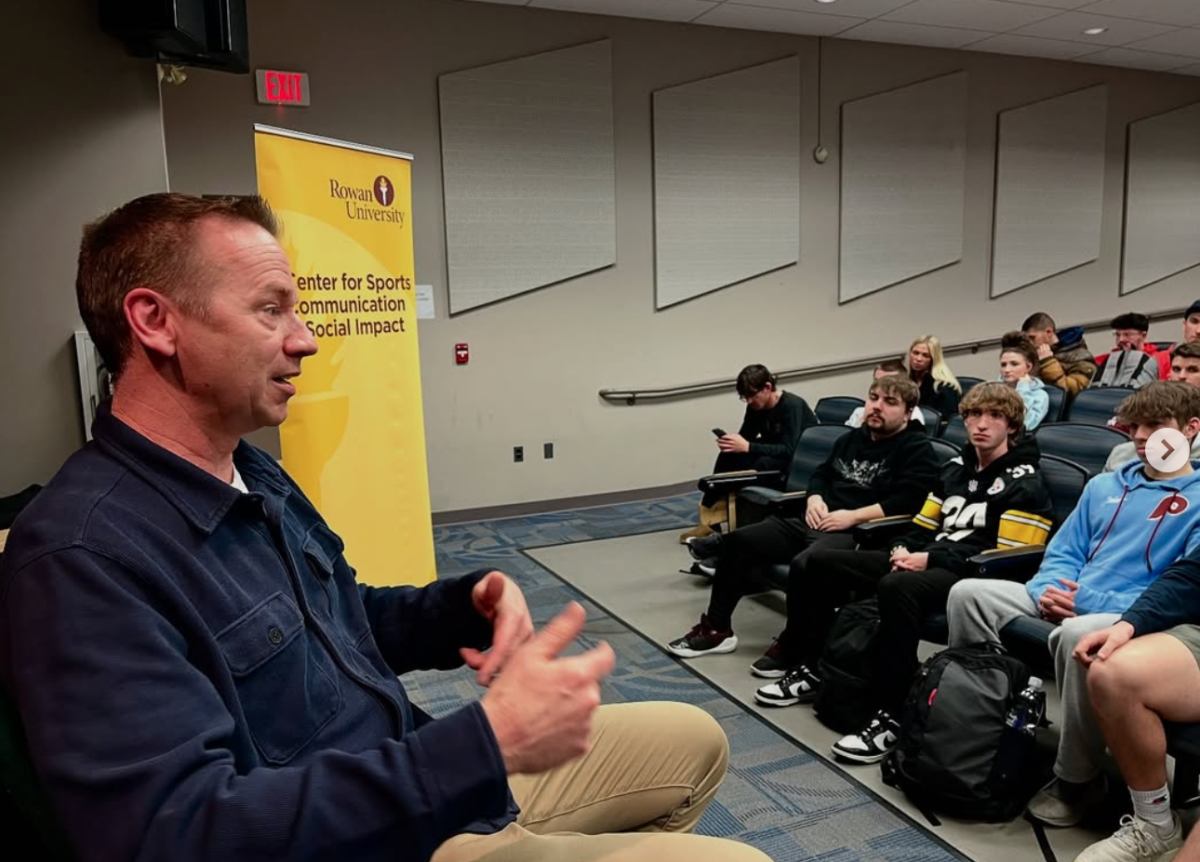


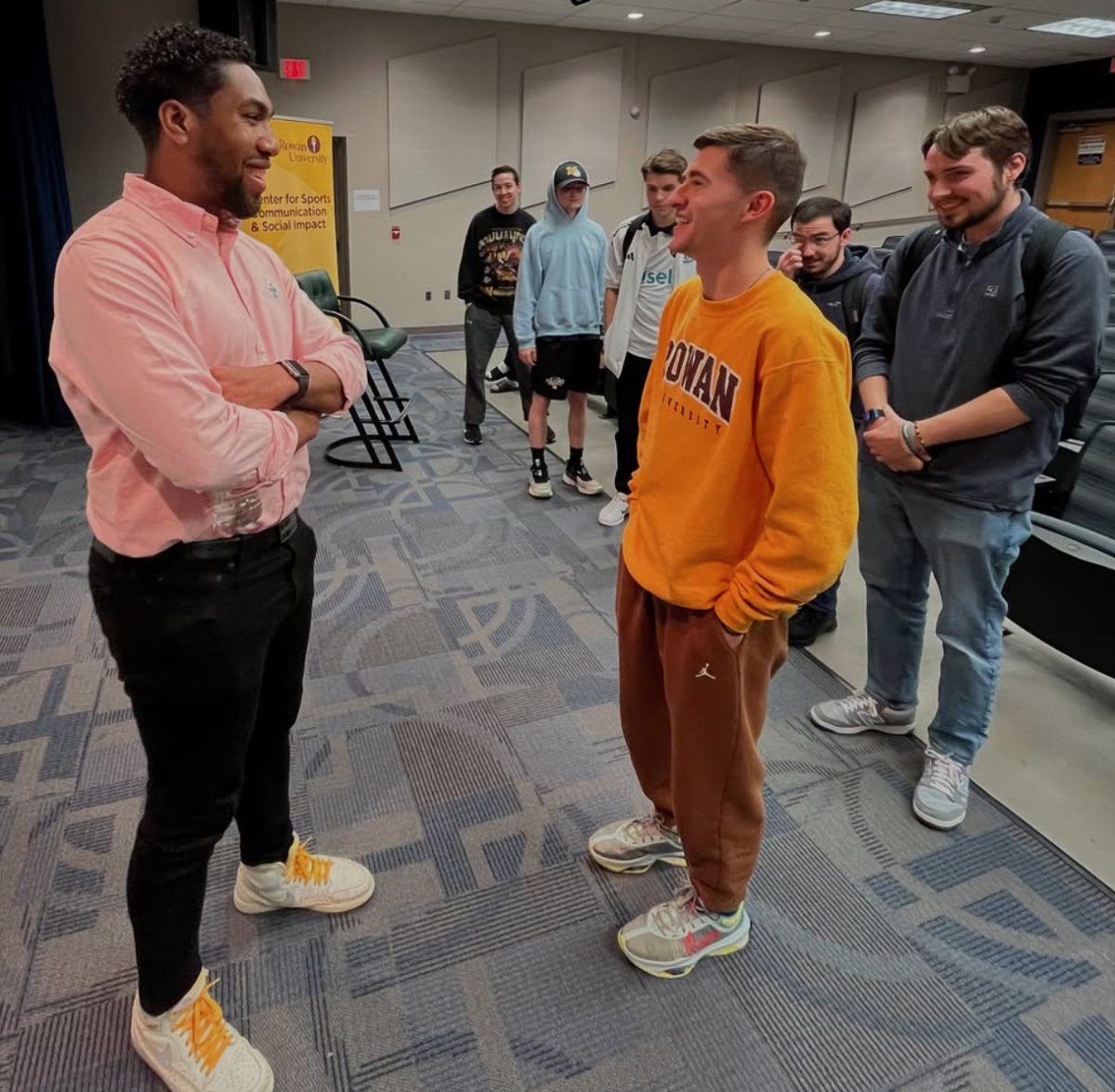














!["Working with [Dr. Lynch] is always a learning experience for me. She is a treasure,” said Thomas. - Staff Writer / Kacie Scibilia](https://thewhitonline.com/wp-content/uploads/2025/04/choir-1-1200x694.jpg)



